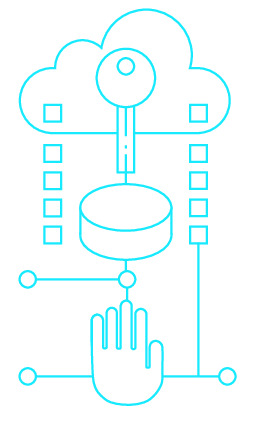|
|
|
| Module code: PIB525 |
|
|
2V+2P (4 hours per week) |
|
5 |
| Semester: 5 |
| Mandatory course: yes |
Language of instruction:
German |
Assessment:
Written examination
[updated 08.05.2008]
|
PIB525 (P221-0028) Applied Informatics, Bachelor, ASPO 01.10.2011
, semester 5, mandatory course
|
60 class hours (= 45 clock hours) over a 15-week period.
The total student study time is 150 hours (equivalent to 5 ECTS credits).
There are therefore 105 hours available for class preparation and follow-up work and exam preparation.
|
Recommended prerequisites (modules):
PIB225 Digital Electronics
PIB325 Computer Architecture
[updated 02.01.2018]
|
Recommended as prerequisite for:
|
Module coordinator:
Prof. Dr.-Ing. Jürgen Schäfer |
Lecturer:
Prof. Dr.-Ing. Jürgen Schäfer
Dipl.-Ing. Hans-Joachim Bohr (practical training)
[updated 01.04.2006]
|
Learning outcomes:
By studying a modern RISC architecture, students will learn about the structure and operational principles of a microcontroller with peripheral modules, and will learn how to write programs in assembly language and the higher-level language C.
The lab course offers students the chance to extend and consolidate what they have learned by performing programming exercises and tackling selected problems.
[updated 08.05.2008]
|
Module content:
1. ARM7: System architecture
2. ARM7: Programming model
2.1 The ARM instruction set
2.2 Addressing techniques
2.2.1 Pre-indexed and post-indexed addressing
2.2.2 Direct addressing
2.4 Assembler directives
2.4.1 Symbol definition
2.4.3 Initializing and reserving memory space
2.4.4 Memory allocation
2.5 Special operating modes
2.5.1 Interrupt vectors
2.5.2 System boot after reset
3. The LPC2000 family of processors
3.1 Memory partitioning
3.2 Vectorized interrupts
3.3 Peripheral modules
4. Programming microcontrollers in C
4.1 Procedure when starting a C application
4.2 Attributes for variables
5. Digital input/output
6. Configuring port pins
7. External interrupts
8. The Vectored Interrupt Controller (VIC)
9. Timer
10. Serial data transfer
[updated 08.05.2008]
|
Recommended or required reading:
D. Seal: ARM Architecture Reference Manual, Addison-Wesley, Harlow, 2001
Programming Techniques, Advanced RISC Machines, Cambridge , 1995
ARM Software Development Toolkit User Guide, Advanced RISC Machines, Cambridge , 1998
T. Martin: The Insiders Guide to the Philips ARM7 Based Microcontrollers, Hitex, Coventry, 2005
User Manual LPC2119/2129/2194/2292/2294, Philips Semiconductors, 2004
[updated 08.05.2008]
|
Module offered in:
WS 2018/19,
WS 2017/18,
WS 2016/17,
WS 2015/16,
WS 2014/15,
...
|


